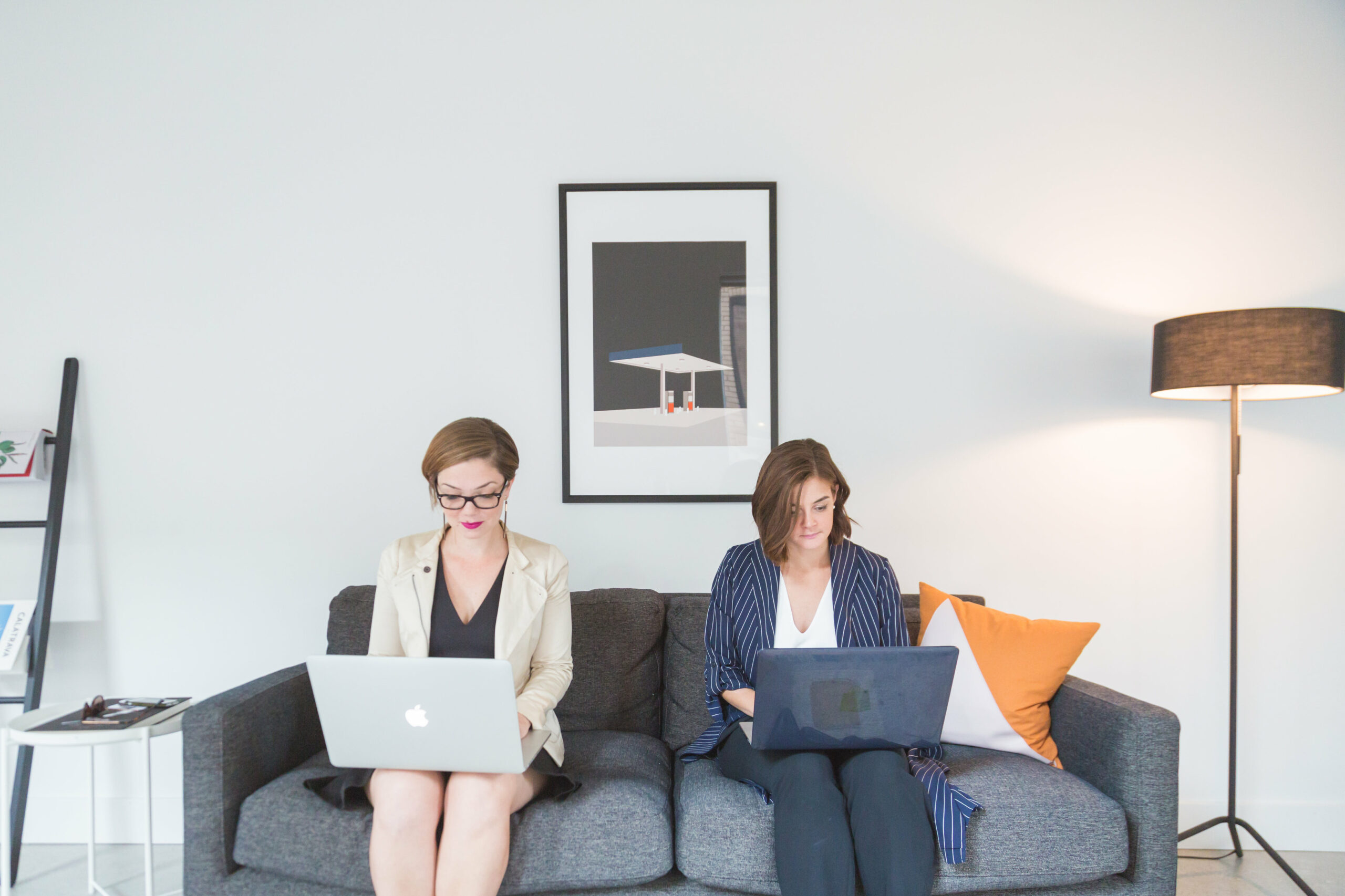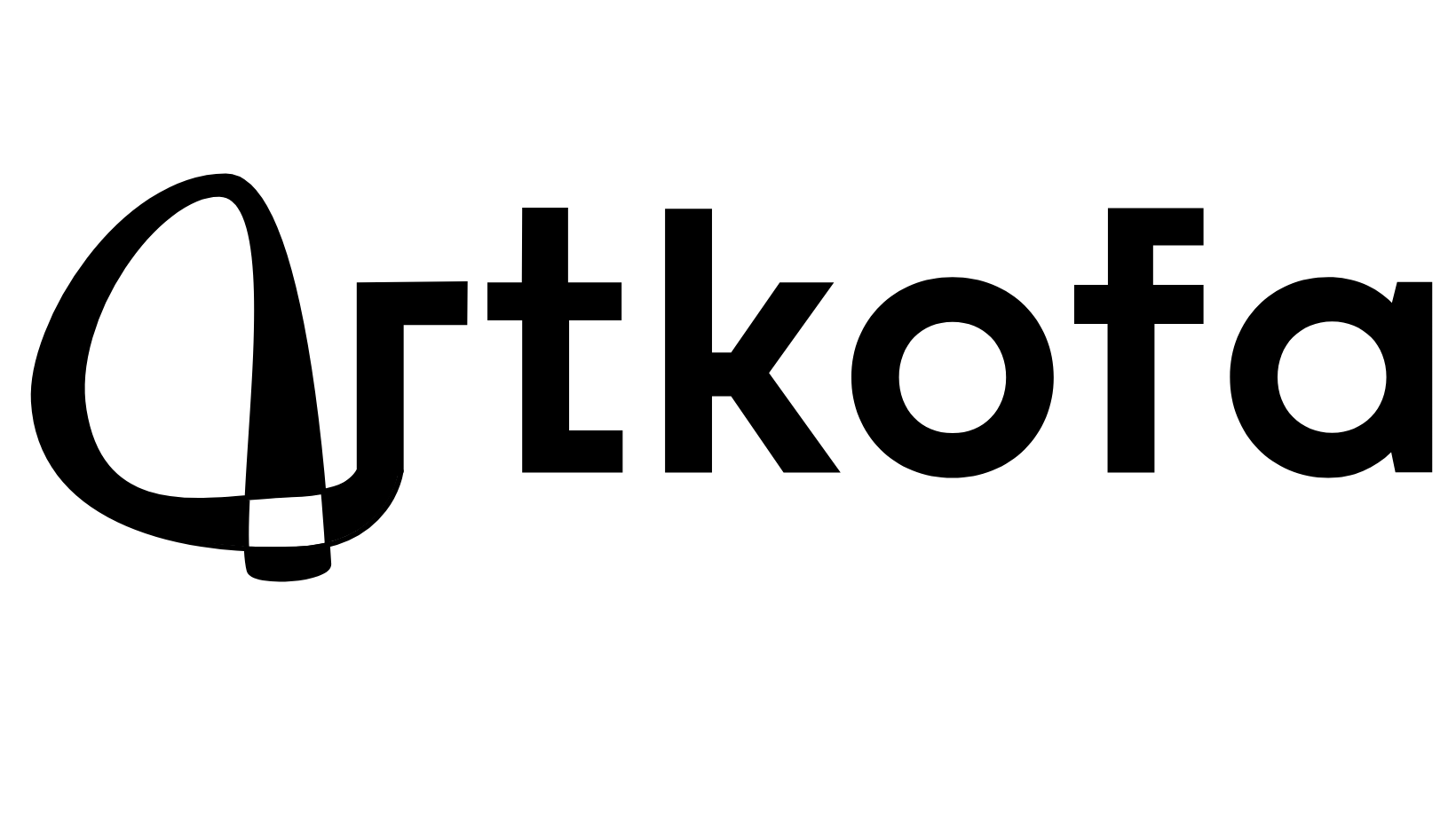No products in the cart.

The Power of Art in Workspaces for Motivation and Productivity
In today’s fast-paced and highly competitive business world, creating a motivating and productive workspace is no longer a matter of luxury but a common-sense necessity. The days of sterile, bare offices designed merely for functional purposes are gradually fading into the past. Instead, the modern workplace recognizes that art is not just a “nice to have” but an integral part of creating an environment where employees can thrive and excel.
Research has shown that art-rich workspaces, enriched with art and greenery, can make a significant difference in employee motivation and productivity compared to their stark and minimalist counterparts. This article delves into the compelling evidence that supports the idea that art in workspaces is a vital ingredient for fostering a positive and productive work culture.
1. Art-Enriched Workspaces vs. Bare Offices: A Comparative Study
Several studies have directly compared art-enriched workspaces with bare, minimalistic offices, shedding light on the remarkable impact of art on motivation and productivity.
– A study conducted by the University of Exeter in 2014 found that employees working in offices adorned with art and plants were 15% more productive than those in lean, sterile environments. Moreover, the enriched workspace reported a 6% increase in staff well-being. [1]
– A similar study published in the Journal of Environmental Psychology in 2018 demonstrated that participants in art-filled offices reported a 32% increase in overall well-being compared to those in minimalistic environments. The presence of art was also associated with a 21% boost in creativity. [2]
2. Boosting Creativity and Problem-Solving
Art in workspaces stimulates creativity and innovative thinking. A research paper from the University of Arkansas found that employees exposed to art in the workplace generated 33% more creative ideas compared to those in plain, functional offices. [3] This increased creativity can lead to novel solutions to complex problems, ultimately enhancing productivity.
3. Reducing Stress and Enhancing Well-being
Stress can be a significant hindrance to motivation and productivity. A study at the University of Westminster discovered that employees in art-enriched offices experienced a 60% reduction in stress levels compared to those in minimalist environments. [4] The presence of art, particularly nature-inspired pieces, creates a calming atmosphere that supports well-being and improves concentration.
4. Encouraging Collaboration and Communication
Art installations and exhibitions in the workplace serve as catalysts for communication and collaboration. Research by Exeter University found that employees engaged in casual conversations in art-rich settings, leading to idea sharing and increased productivity. [5] The interactive nature of art installations can foster a sense of community and encourage team members to collaborate more effectively.
Conclusion
In the modern workplace, the importance of art is no longer a matter of debate; it’s a widely accepted reality. Art-rich workspaces have been proven to enhance motivation and productivity through empirical research. Comparisons between offices enriched with art and bare, functional spaces consistently show that art contributes to a more positive and productive work environment.
Art sparks creativity, reduces stress, enhances well-being, encourages collaboration, and reflects a company’s values. Companies that invest in art for their workspaces not only attract top talent but also empower their employees to thrive and excel in an inspiring and dynamic atmosphere. In today’s business world, it’s evident that art is not just a “nice to have”; it’s a cornerstone of workplace success.
References:
- Knight, C., & Haslam, S. A. (2010). The relative merits of lean, enriched, and empowered offices: An experimental examination of the impact of workspace management strategies on well-being and productivity. Journal of Experimental Psychology: Applied, 16(2), 158-172.
- Hsu, Y. H., & Lin, T. S. (2018). The effect of art decoration in the office on employees’ emotions, perceived air quality, and creativity. Journal of Environmental Psychology, 57, 1-9.
- Kozbelt, A., Serafini, J. M., & Loving, R. (2014). The role of visual art in enhancing the creativity of employees in organizations. Organizational Psychology Review, 4(3), 208-247.
- Hagerhall, C. M., Laike, T., Taylor, R. P., Kuller, R., Küller, M., & Martin, T. P. (2008). Investigations of human EEG response to viewing fractal patterns. Perception, 37(10), 1488-1494.

